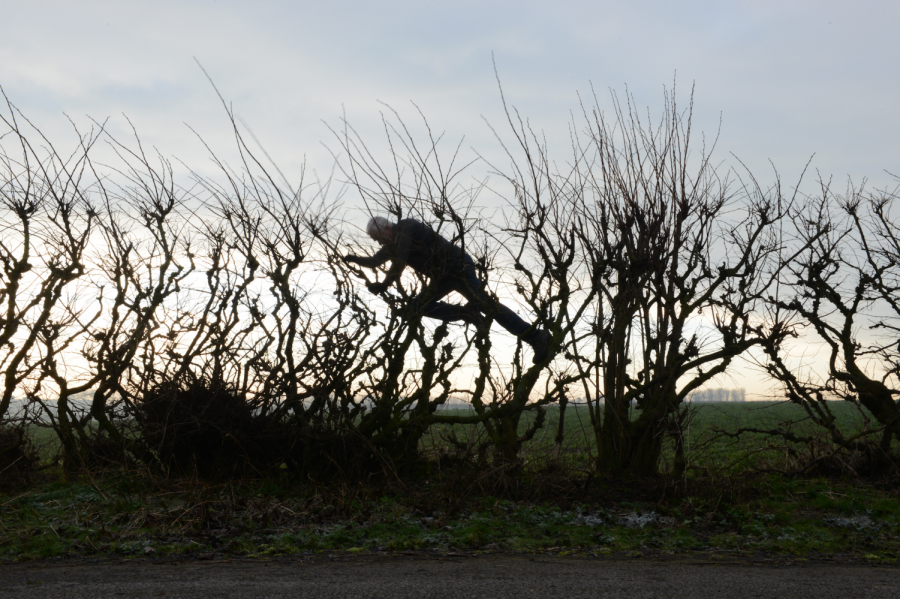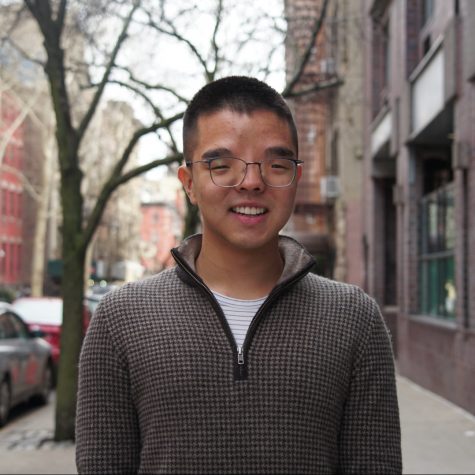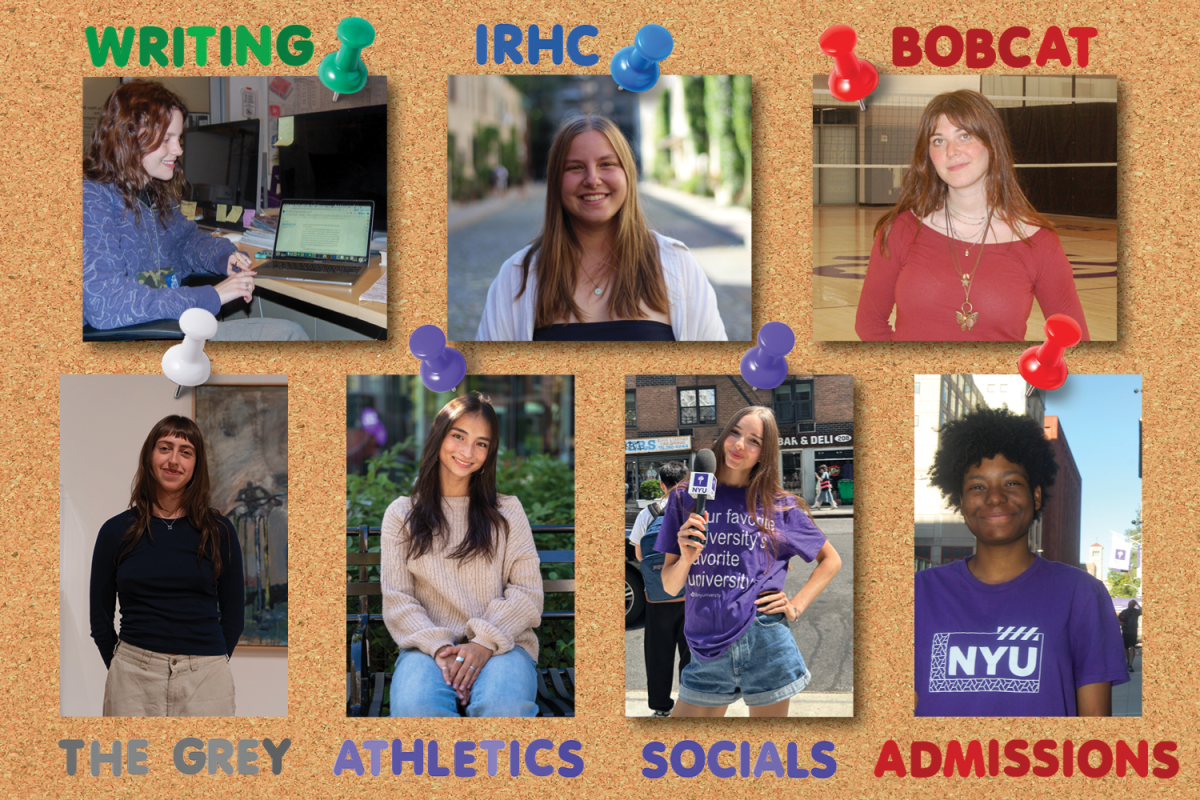The Ephemeral Life in ‘Leaning Into the Wind’
Photo courtesy of Magnolia Pictures. Photo Credit: © Thomas Riedelsheime, all rights reserved.
Andy Goldsworthy in LEANING INTO THE WIND, a Magnolia Pictures release.
March 20, 2018
“Leaning Into the Wind — Andy Goldsworthy,” directed by Thomas Riedelsheimer, gracefully follows British sculptor Goldsworthy through his various installations and sculptures of nature. Interviews with Goldsworthy and his art supplement the documentary’s philosophical and spiritual undertones. The film itself is a mesmerizing masterpiece of cinematography that captures the artist’s manipulation of nature.
A huge distinction of Goldsworthy’s sculptures is their ethereal and ephemeral quality. The film begins with Goldsworthy in a villager’s home in Ibitipoca, Brazil. He manages to take a single beam of sunlight, shining out of a hole in the roof, and dazzle the camera by throwing dust into the beam. Caught in the sunlight, the illuminated dust particles dance across the screen. Viewers come to know his playfulness and patience, which contribute to his resourcefulness to make the most out of solely dust and dirt.
Goldsworthy repeatedly makes visits to a fallen tree upon a flowing creek — one of his noteworthy sculptural sites. At first, Goldsworthy highlights the splintering cracks in the tree’s trunk and uses leaves and snow to highlight its raw geometry. As the seasons pass, he revisits the tree, creating new sculptures that transform along with its decay. He notes that his sculptures are inextricably tied to his life at the time. Nature then becomes fundamentally rooted in his search for memory, history and personal narrative.
Rather than cherishing the idea of forever, Goldsworthy embraces the notion of change. In doing so, he emphasizes how temporary everything really is. Many of the film’s shots are unannounced time lapses that you won’t register until they are halfway done. Although his sculptures soon become victim to Mother Nature, the film shows the painstaking and sometimes frustrating process of working directly with nature, as wind and rain impede on his plans.
Nature truly is the star of this documentary as Goldsworthy plays with color, contrast and composition. Audiences get a glimpse of how Goldsworthy sees the world and his deep relationship with it. The intermittent interviews offer further clarity on his methods and philosophy, but Riedelsheimer’s choice to include long cinematic shots in dialogue, such as that of a lone leaf floating down a river, are refreshing. At one point, a shot of the full moon against a black sky appears, and for moment, you question whether Goldsworthy manipulated the moon to shine like that or if nature just painted the sky that way. These shots highlight Goldsworthy’s essence without using his words or the visuals of his sculptures — all of which would be cheap shots and void of Riedelsheimer’s own take.
If anything, “Leaning into the Wind” meditates on the search for clarity and perspective. Goldsworthy is the kind of person who painfully maneuvers through dense shrubs instead of walking on the sidewalk just for the experience. You could argue his playful appreciation and curious perspective are unparalleled.
One of my favorite recurring shots is of Goldsworthy, laying flat on the pavement during rain showers and waiting until it’s rained enough that when he stands, he reveals his dry silhouette on the pavement. These “rain angels,” so to say, last for no more than 30 seconds before being washed away by the pouring rain, but their existence serves as a reminder to appreciate things as they are.
In his art, Goldsworthy describes his process as searching for a moment of clarity and then having it disappear instantly. To paraphrase Goldsworthy, to lean into the wind is to learn how to fall and appreciate the adventure that is life itself.
“Leaning into the Wind — Andy Goldsworthy” opened Friday, Mar. 9 at Film Forum.
Email Joel Lee at [email protected].































































































































































